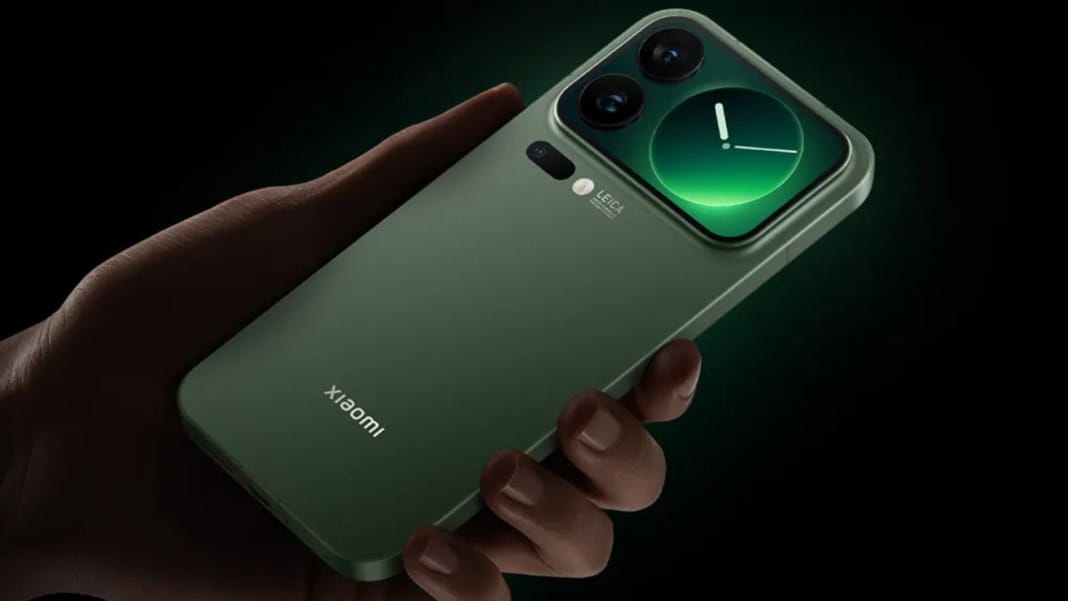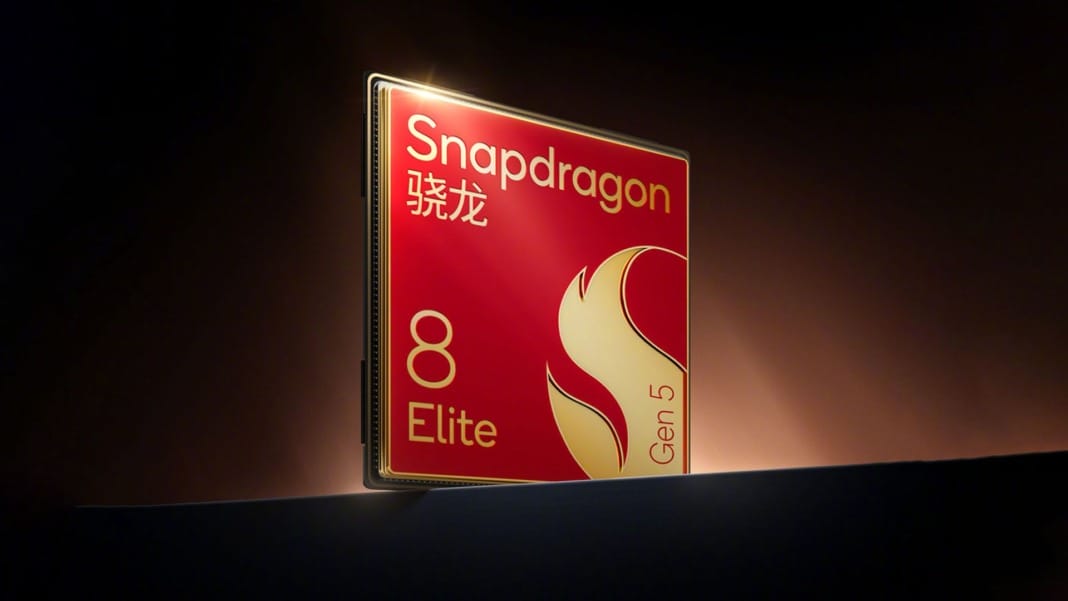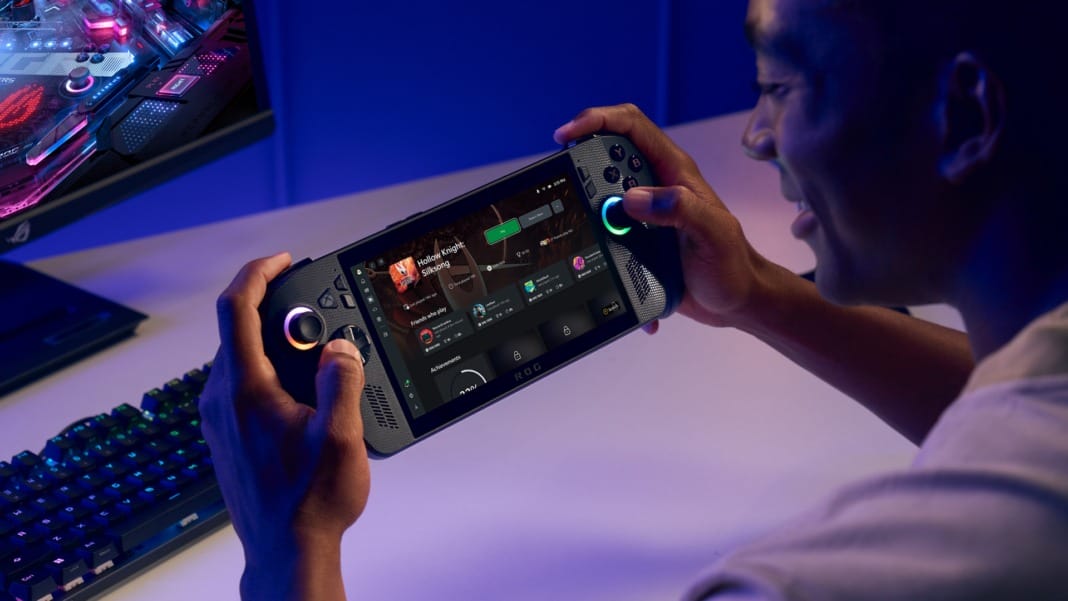Xiaomi has introduced its latest flagship smartphones, the Xiaomi 17 series, with the launch drawing strong comparisons to Apple’s approach. The lineup includes the Xiaomi 17, 17 Pro, and 17 Pro Max, each boasting impressive hardware, enormous batteries, and, in the case of the Pro models, an additional display on the rear.
Apple comparisons at the Beijing launch
The company has openly admitted to skipping directly from the 15 series to the 17, explaining that the move was made to align with Apple’s numbering system. Xiaomi CEO Lei Jun made frequent references to the iPhone 17 during the Beijing launch event, directly comparing specifications and performance. He emphasised that Xiaomi’s new devices outperformed Apple’s handsets in several key areas, including battery life, camera capabilities, and durability.
The naming scheme was not the only similarity. With the addition of two Pro models, the Xiaomi 17 series mirrors Apple’s lineup structure. However, Xiaomi insists that the hardware remains distinctly its own, particularly with the secondary screen built into the Pro and Pro Max.
Secondary displays and hardware features
The secondary display replaces the usual camera plateau on the rear of the Pro models. It functions similarly to the cover screen on modern foldable phones, offering a live viewfinder for selfies, media controls, interactive widgets, and other quick-access tools. Xiaomi also unveiled a playful Game Boy-inspired case, which uses the back screen alongside physical buttons to transform the phone into a handheld gaming device.
The Xiaomi 17 Pro comes with a 6.3-inch display and weighs 192 grams, while the larger Pro Max features a 6.9-inch screen and weighs 231 grams. Despite its size, Xiaomi highlighted that the Pro Max is both thinner and lighter than Apple’s iPhone 17 Pro Max. The company also showcased its improved durability in a promotional video featuring a figure skater gliding over the phone’s glass screen.
Both Pro models are powered by Qualcomm’s Snapdragon 8 Elite Gen 5 chipset, announced just a day before. They also carry some of the largest batteries seen in modern smartphones, with 6,300mAh for the Pro and 7,500mAh for the Pro Max. Both support 100W wired charging over the PPS standard and 50W wireless charging.
Photography is another major focus. Each Pro model is equipped with three 50-megapixel rear cameras, including a main lens with an f/1.67 aperture and an f/2.4 ultrawide lens. Both also feature a 5x telephoto zoom, though the Pro Max has a larger sensor and a faster f/2.6 aperture, designed to improve low-light performance.
Standard Xiaomi 17 and availability
The standard Xiaomi 17 has no secondary screen, making it a more conventional flagship choice. It matches the Pro model, featuring a 6.3-inch display and Snapdragon 8 Elite Gen 5 chipset, while also including a 50-megapixel triple camera system. However, it distinguishes itself with a larger 7,000mAh battery, surpassing the Pro variant.
During the launch, Xiaomi demonstrated the 17’s endurance by comparing it to the iPhone 17 in continuous video playback. To drive the point home, the company attached a 5,000mAh MagSafe battery pack to the iPhone and claimed the Xiaomi device still outlasted it. Although this may not accurately reflect real-world conditions, the demonstration effectively reinforced Xiaomi’s focus on battery performance.
All three Xiaomi 17 models are now available for preorder in China, with an official release set for 27 September. Prices start at ¥4,499 (approximately US$630) for the Xiaomi 17, ¥4,999 (approximately US$700) for the 17 Pro, and ¥5,999 (approximately US$840) for the 17 Pro Max. Although no global launch date has been confirmed, the company is expected to introduce the series to Europe in spring 2026, potentially during the Mobile World Congress in February, when a more advanced Xiaomi 17 Ultra may also be revealed.





